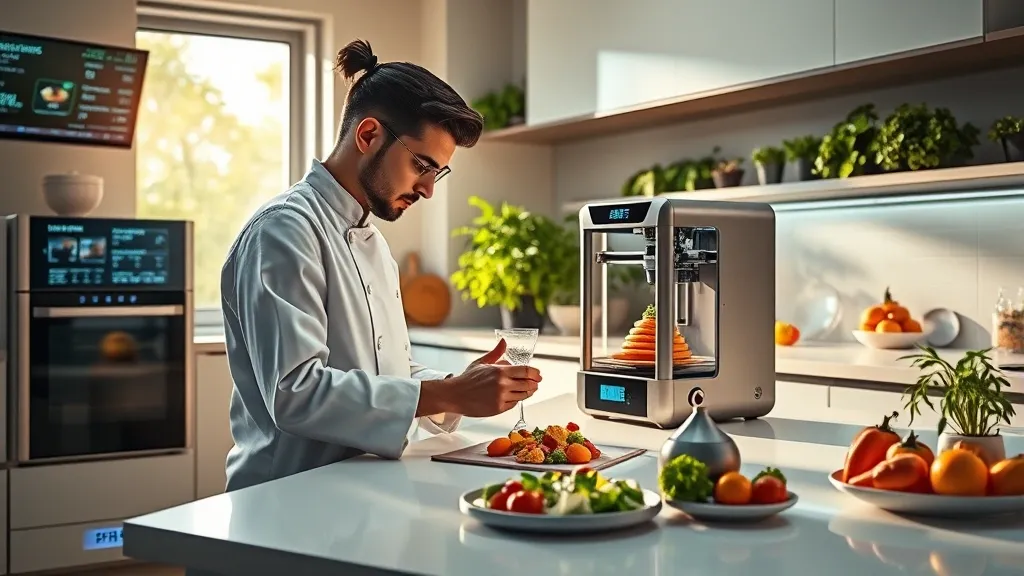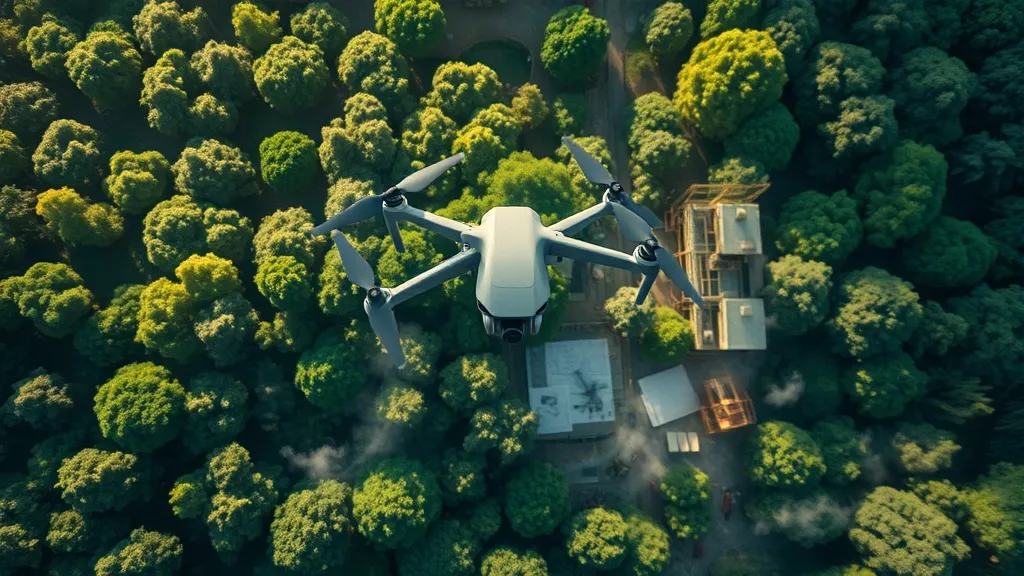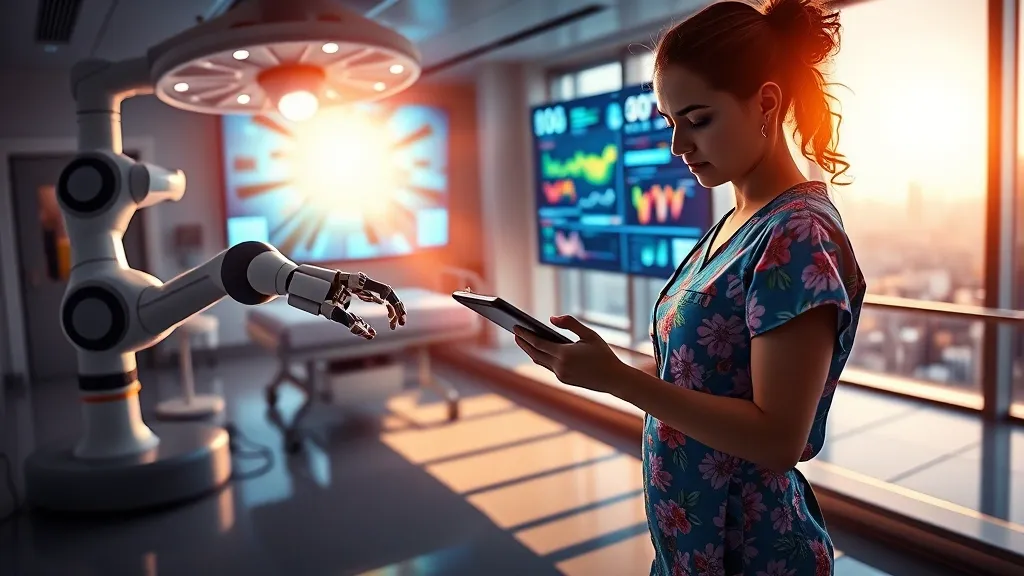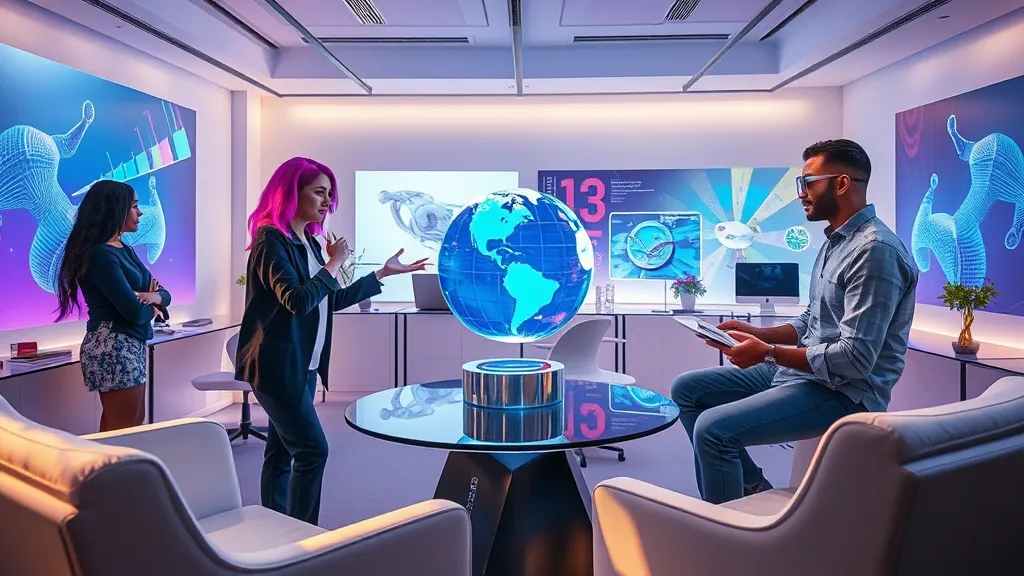The Rise of the Flavor Lab: Where Science Meets Culinary Artistry
So, let’s talk about flavor labs. They’re like the cool kids of the culinary world, mixing science and art in ways we never thought possible. You might think of chefs in white coats, pipetting ingredients like they’re in a chemistry class, but honestly, it’s way more fun than that!
Flavor labs are popping up everywhere, and they’re changing how we think about food. These places are all about experimenting with different ingredients, textures, and techniques to create flavors that just blow our minds. I mean, who knew you could turn a carrot into a dessert that tastes like a cake? It’s wild!
- Innovation at Its Best: Chefs and food scientists are collaborating like never before. They’re testing out new flavor combinations, playing with molecular gastronomy, and really pushing the boundaries of what we consider food.
- Sustainability in Focus: Many flavor labs are also looking at sustainability. They’re working on ways to use less, waste less, and make every bite count. It’s like they’re saying, “Let’s save the planet while we’re at it!”
- Accessibility: Plus, these innovations are starting to trickle down to everyday kitchens. You might not have a lab at home, but with new products and techniques, you can replicate some of that magic yourself.
One of the coolest things about flavor labs is how they embrace technology. Think about it: 3D food printing, flavor pairing apps, or even using AI to create recipes. Sounds like something out of a sci-fi movie, right? But it’s happening now! I mean, if robots can cook, what’s next? A robot that can clean up after you? Now that’s a breakthrough I’d get behind!
And let’s not forget the joy of discovery. Remember that moment when you first tasted something that completely changed your perspective on food? Flavor labs are all about that. They’re experimenting, tasting, and sometimes failing (which is part of the fun, honestly) to create unique dining experiences that can surprise and delight.
So, the next time you sit down for a meal, just know there’s a good chance that some mad scientists in a lab had a hand in making that dish sing. The fusion of science and culinary artistry is not just a trend; it’s a revolution on our plates. And honestly, I can’t wait to see what they come up with next!
Fighting Food Waste with Tech: From Farm to Fork and Back Again
Okay, let’s be real for a second. Food waste is a massive problem. Like, we’re talking about billions of pounds of perfectly good food just going to waste every year. And honestly, it kinda makes me cringe. But here’s where the cool stuff comes in—technology is stepping up to tackle this issue, and it’s kinda exciting!
From the farms to our tables, tech innovations are making waves. Farmers are now using smart sensors to monitor crops. It’s like having a personal assistant for your tomatoes! These sensors can tell when plants need water or nutrients, helping to grow just the right amount and avoid excess. Less overproduction means less waste, right? It’s a win-win.
But it doesn’t stop there. Ever heard of apps that help us track our groceries? Yeah, they’re a game changer. You scan your items, and the app reminds you when they’re about to expire. It’s like having a little food fairy on your phone. Hey, use that yogurt before it goes bad! Who knew tech could be so helpful, and slightly bossy?
- Smart fridges that keep track of what you have.
- Apps that connect surplus food from restaurants to local shelters.
- Blockchain tech ensuring transparency in the food supply chain.
These things are not just fancy gadgets; they’re tools that can help us change our relationship with food. And let’s talk about food recovery programs. With tech, organizations can easily connect with businesses to redistribute excess food. That’s how you turn potential trash into treasure. Or, you know, a delicious meal for someone in need.
Now, I get it. Some folks might think, Sure, but can tech really fix our food waste problem? And while we can’t wave a magic wand to make it disappear, these innovations are definitely steps in the right direction. If we all pitch in—tech, farmers, consumers, everyone—we might just create a sustainable food system that doesn’t leave as much behind.
So next time you’re about to toss that half-eaten pizza, think about how tech is helping us be smarter about food. We’ve got the tools, now it’s time to use ‘em!
Cultured and Sustainable: The New Frontier of Lab-Grown Delicacies
So, let’s talk about lab-grown food. Sounds kinda sci-fi, right? But honestly, it’s not as weird as it sounds. Imagine biting into a juicy burger that didn’t come from a cow, but from a lab. Yup, that’s happening, and it’s not just a trend; it’s becoming a real game changer in the food industry.
Lab-grown delicacies are all about sustainability. You’ve probably heard the stats about how much meat production contributes to greenhouse gas emissions, right? It’s a lot. But with cultured meat, we can enjoy our favorite dishes without the environmental guilt. It’s like being able to indulge in dessert without feeling bad about it. Who doesn’t want that?
These lab-grown goodies are produced through a process called cellular agriculture. Basically, scientists take a few cells from an animal, grow them in a nutrient-rich environment, and voilà! You’ve got meat. It’s kinda like raising a pet but without all the fur and the barking. Plus, it’s way more efficient. You can produce meat without needing vast pastures, water, or feed. Talk about a win-win!
- Healthier Options: Cultured meat can be designed to have lower fat and fewer calories. So, you might end up eating a burger that’s actually good for you!
- Ethical Eating: If you’re someone who feels a bit squeamish about traditional meat production, lab-grown options might ease your mind. No animals are harmed in the process, which is a huge plus.
- Innovation Galore: Chefs are getting super creative with lab-grown foods. We’re talking everything from lab-grown sushi to steaks that could rival the best cuts out there.
Of course, there are still hurdles to jump over. Lab-grown meat has to overcome some regulatory hurdles and consumer skepticism. Some people still just can’t wrap their heads around eating something that didn’t come from a farm. But hey, remember when sushi was considered weird? Now, it’s a staple! I mean, if we can make peace with raw fish, we can definitely come to terms with a burger that was made in a lab.
As time goes on, lab-grown delicacies are likely to become more mainstream. They’re not just a novelty; they represent a shift towards a more sustainable future. So, next time you’re munching on a burger, just think—it might just be a slice of the future on your plate!
Smart Plates for Smart People: How Tech is Transforming Our Eating Experience
You ever think about how far technology has come? I mean, we’ve got phones that can do just about anything, and now we’re getting plates that can help us eat better? Crazy, right? Welcome to the world of smart plates. These high-tech wonders are not just for show; they’re here to change the way we experience food.
So, what exactly is a smart plate? Well, it’s a plate that’s got some serious brain power. Think of it like a fitness tracker but for your food. These plates can track what you’re eating, how much, and even give you nutritional info—all while you’re just trying to enjoy that delicious lasagna. It’s like having a personal dietician right there on your dining table, whispering sweet nothings about calories and protein.
- Portion Control: For those of us who struggle with knowing when to stop eating (guilty!), smart plates can help with portion sizes. They’ve got sensors that let you know if you’re going overboard. No more “just one more bite” moments turning into half the lasagna disappearing.
- Nutrition Tracking: These plates can scan your food and provide real-time feedback on what you’re consuming. This is a game changer for anyone trying to stick to a diet or just be more mindful about eating. It’s like having a mini nutritional expert on your table—minus the lab coat.
- Waste Reduction: By tracking how much food you eat, these plates can help reduce waste. If you’re constantly leaving food behind, smart plates can give you insights into your eating habits, helping you plan better for future meals. Less waste means you’re doing your part for the planet, which is a win-win!
Now, I know what you’re thinking: “Do I really need a plate that tells me how much I’m eating?” Honestly, it might sound a bit over the top, but for some folks, it can make a huge difference. Plus, it’s just kinda cool to have a gadget that’s not your phone, right? If anything, it’s a great conversation starter at dinner parties—“Oh, you don’t have a smart plate? How quaint!”
In a world where everything is getting smarter, why shouldn’t our plates join the party? They’re not just techy gimmicks; they’re tools for making healthier choices and enjoying food in a whole new way. So next time you sit down to eat, just think: your plate might be smarter than you are!



